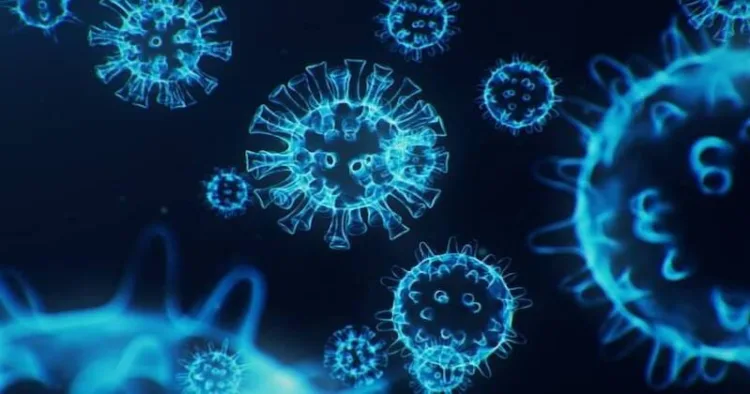Videos circulating on social media show hospitals in China overwhelmed by a surge in respiratory illnesses, including human metapneumovirus (HMPV). The posts suggest that outbreaks of multiple viruses—such as HMPV, influenza A, Mycoplasma pneumoniae, and Covid-19—have led to overcrowded hospitals and cemeteries.
Reports highlight the rapid spread of HMPV, a virus with symptoms resembling those of the flu and Covid-19, raising alarm among health officials. Videos have shown overcrowded hospitals, with unverified claims suggesting a state of emergency in China. This has sparked concerns about the possibility of a new pandemic, five years after Covid-19 reshaped global life.
However, these claims have not been confirmed by credible sources. Both Chinese health authorities and the World Health Organisation (WHO) have not reported any new pandemic or issued emergency warnings. The WHO has also not declared any health crisis related to HMPV.
The American Lung Association recognises human metapneumovirus (HMPV) as a major cause of acute respiratory infections. First discovered in 2001 by researchers in the Netherlands, HMPV primarily spreads through close contact with infected individuals, either through respiratory droplets from coughing or sneezing or by touching surfaces contaminated with the virus, such as toys or doorknobs.
In the United States, HMPV is most common during the winter and spring months, overlapping with the circulation of other respiratory infections like Respiratory Syncytial Virus (RSV) and the flu.
Symptoms of human metapneumovirus (HMPV) can range from mild to severe and typically include cough, fever, nasal congestion, and sore throat. Some individuals may also experience wheezing, shortness of breath (dyspnea), and, in rare cases, a rash as part of the infection.
Who Does HMPV Affect and How?
Higher Risk Groups:
Children (especially those aged 5 years or younger)
Elderly individuals
People with weakened immune systems
Transmission:
Spreads through close contact with an infected person.
Can also spread by touching contaminated surfaces (e.g., toys, doorknobs).
Symptoms and Severity:
Common symptoms: Cold-like symptoms, including cough, fever, runny nose, and sore throat.
Typically resolves within 2-5 days without medical intervention.
Children: A small percentage (5-16 per cent) may develop lower respiratory tract infections, such as pneumonia.
Other groups at increased risk include:
Individuals with Weakened Immune Systems: Those undergoing chemotherapy or recovering from organ transplants are more likely to experience severe symptoms.
People with Chronic Lung Diseases: While asthma, COPD, or emphysema don’t increase the risk of contracting HMPV, they can worsen the severity of symptoms once infected.















Comments